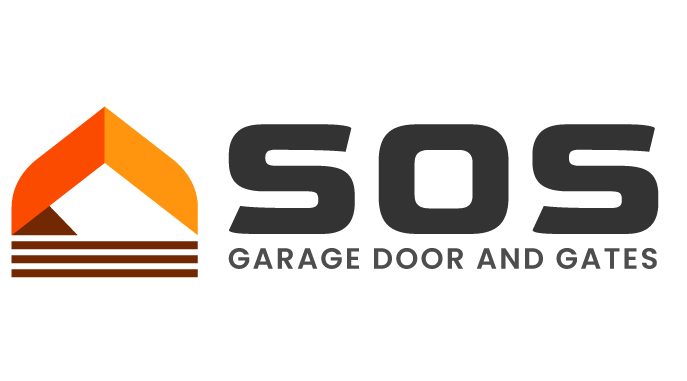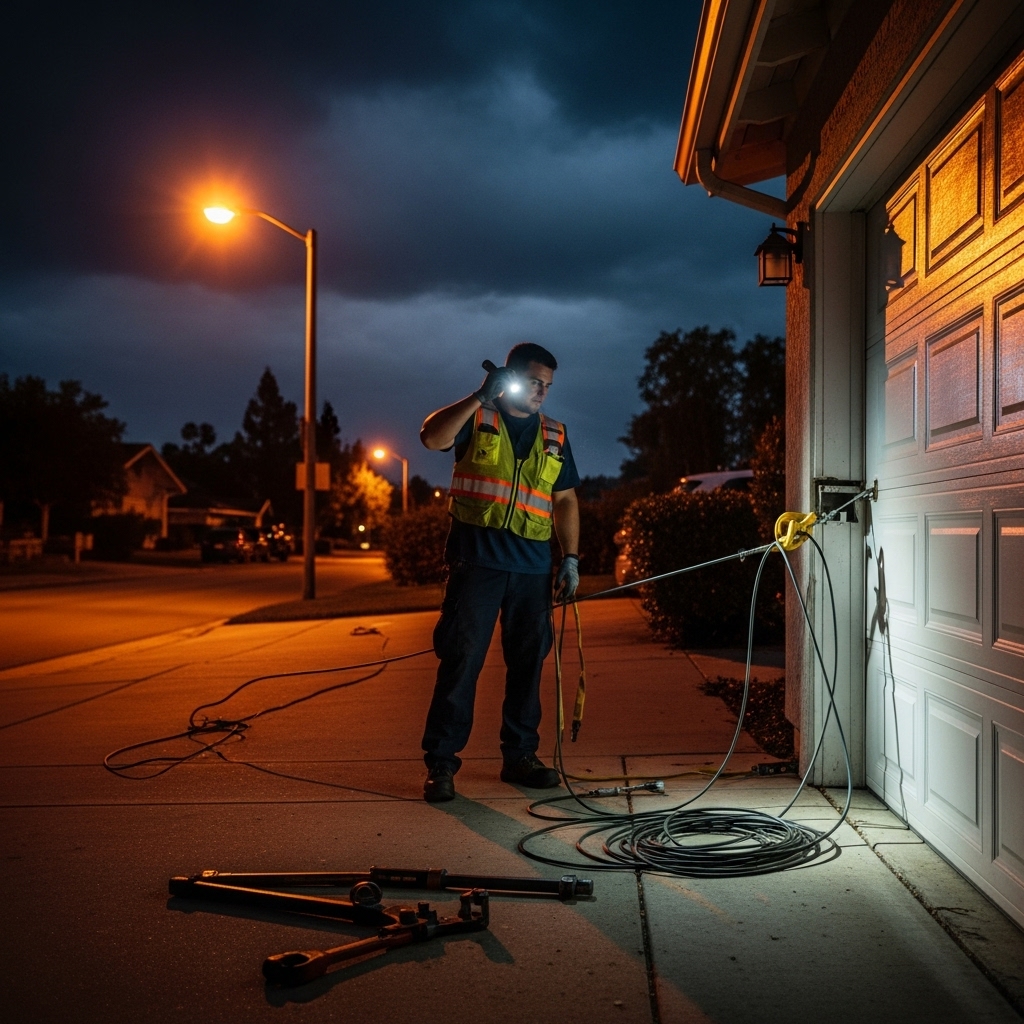Emergency Garage Door Repair in Woodland Hills, Any Hour
Emergencies do not consult your calendar. They arrive at 6 a.m. before a commute, at midnight when the house is quiet, or on a windy afternoon when the power flickers and the garage door refuses to budge. In Woodland Hills, where our garages double as main entrances, storage rooms, and even gyms, a disabled door is more than a nuisance—it is a disruption of security, mobility, and comfort. Around-the-clock garage door repair is about restoring control quickly and safely so you can get on with your life, whether you live near Warner Center’s bustle or in the serene streets off Mulholland.
When an emergency strikes, clarity matters. You want to know who is coming, what they will do first, and how soon it will happen. You also want the confidence that they understand our community’s homes, from mid-century classics south of Ventura Boulevard to newer builds near the Village. If you are weighing options right now and need a reliable way to start, this direct keyword connects you with local help grounded in experience and steady, safety-first service.
What Counts as an Emergency?
Several scenarios qualify. A spring that breaks with a sharp report and traps your car. A door that goes crooked on its tracks because a cable slipped off a drum. An opener that refuses to engage while the door hangs mid-travel. A door that will not close at night, leaving your home open to the street. Sensors that are malfunctioning and preventing closure when you need to secure the house. Each of these calls for quick, calm action to stabilize the situation and restore reliable movement.
Emergencies also include the subtle but urgent: a door that has become so heavy that the opener screams in protest, or a roller that has popped free and threatens to twist panels if the door is moved again. When in doubt, treat sudden changes seriously and call for help. The goal is to prevent compounding damage and ensure safe operation as soon as possible.
First Priorities on Arrival
When a technician arrives during an emergency, the first steps are about control and safety. The door is secured to prevent unintended movement, tension is assessed, and any hazardous conditions—like a frayed cable or a cocked spring—are neutralized. Only then does the methodical diagnostic begin. Springs, cables, drums, bearings, hinges, and rollers are examined to identify the failure and its collateral effects. Tracks are checked for true alignment and spacing, and the opener is evaluated for limit settings, force calibration, and sensor integrity.
Clarity and communication accompany each step. You deserve to know what went wrong, what needs to happen immediately, and what can wait until after the crisis is resolved. A good emergency visit balances urgency with thoroughness, aiming to deliver not just a quick fix but the groundwork for dependable performance in the days that follow.
Woodland Hills Realities That Shape Emergency Service
Our area’s specific conditions are always part of the conversation. Canyon gusts can slam doors closed, jarring hardware out of alignment. Afternoon heat along west-facing driveways can push seals and tracks to behave differently than they do in the morning, revealing problems that hide until the hottest part of the day. Power interruptions—whether from routine maintenance, wind events, or grid stress—test openers and battery backups. Understanding those variables leads to smarter on-the-spot decisions.
Neighborhood layouts also affect response. Access roads, parking constraints, and HOA guidelines near Warner Center or inside certain communities require thoughtful coordination so help reaches you without delay. A local emergency technician knows these details and plans around them, which is how a stressful situation becomes manageable.
Stabilize, Repair, and Verify
An effective emergency call follows a rhythm. First, stabilize the door so it cannot cause harm or further damage. Next, repair the failed component with appropriate parts and techniques—springs wound correctly, cables seated evenly on drums, rollers returned to proper engagement, hinges replaced where cracked. Finally, verify: balance the door, align the tracks, calibrate the opener, test safety reversal, and cycle the door enough times to be confident it will behave once the technician leaves.
This pattern is as relevant at 2 p.m. as it is at 2 a.m. The difference at night is often the quiet focus that comes from having the right parts on hand and a practiced plan for working in tight, dark spaces without disrupting your household more than necessary.
What You Can Do While You Wait
Safety comes first. Keep people and pets away from the door. Do not attempt to lift or force a stuck door, especially if a spring has failed or the door is crooked on the track. If the door will not close and security is a concern, avoid standing under it while troubleshooting sensors; a professional will secure the door and ensure it closes safely. If power is out, confirm the opener’s manual release works smoothly, but only use it if the door is balanced enough to move under control.
Gathering simple information can help: what the door was doing when it failed, any unusual noises you heard, and whether you noticed frayed cables or bent hinges. Share those details on the call; they guide the technician’s preparation so the solution is faster once on site.
The Middle of the Emergency: Turning the Corner
There is a moment in most emergency visits when worry gives way to relief. It happens when the door’s weight is back under control, cables are seated, and the first smooth, test lift signals that the system is once again behaving. That turning point is the product of experience, the right tools, and a step-by-step method that favors stability over shortcuts. If you need to move quickly from uncertainty to confidence and want a dependable path to get there, begin with this practical keyword to connect with clear, immediate help.
After the Urgency: Preventing the Next Call
Once the crisis has been resolved, a quick conversation about preventive care pays dividends. Balanced springs protect the opener from strain. Clean, aligned tracks keep rollers seated and quiet. Proper force and travel settings ensure the door does not slam or stall. A short list of tailored suggestions—like relocating a storage bin that tends to bump the sensor or scheduling a tune-up after a season of heavy use—can make the difference between routine operation and another late-night surprise.
Frequently Asked Questions
Is it safe to try to open a stuck door by hand?
If a spring has failed or the door is crooked, do not try. The weight can be unpredictable, and forcing movement risks injury or damage. Wait for a technician to secure the door and control the tension before attempting any movement.
What if the door will not close and it’s late?
That is a priority emergency. A professional will arrive, secure the door, and either restore proper closing or create a safe temporary solution while completing repairs. Your home’s security comes first.
Why did my door suddenly get so loud or heavy?
Often a spring has fatigued or failed, a cable has come off a drum, or the tracks have shifted. The sudden change is a signal to stop operating the door and call for help to prevent additional damage.
Do battery backups really matter?
Yes. Power interruptions happen, and a battery backup keeps the opener moving without strain or risky manual maneuvers. It is a small feature that makes a big difference in emergencies.
How quickly can someone arrive in Woodland Hills?
Response times are built around local routing and stocked parts, with on-call availability designed for urgent situations. Clear directions and access notes help speed arrival so the situation is stabilized quickly.
Will the emergency fix hold?
Quality emergency service stabilizes first and then completes robust repairs that restore balance and function. The verification step—testing balance, alignment, and reversal—is what ensures the fix is durable.
Ready for Calm, Even in a Late-Night Storm?
If your garage door has turned into an emergency, you do not have to navigate it alone. Local, 24/7 help brings order back to your home with steady hands and proven methods. When you want to move from stress to certainty right now, reach out and begin with this trusted keyword. You will feel the relief the moment your door glides smoothly once again.

